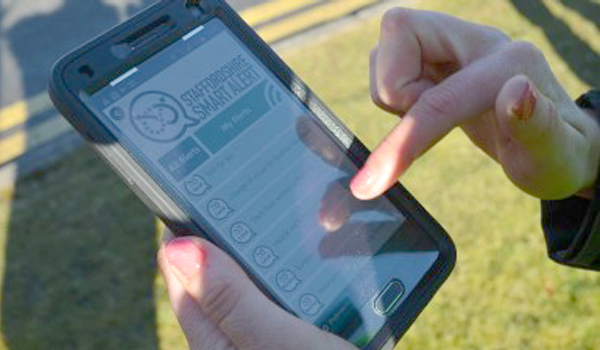New technology for police to detect buried bodies
A new technique developed by US scientists which can reliably detect
biochemical changes in a buried body could become a valuable tool for
police officers.

A new technique developed by US scientists which can reliably detect biochemical changes in a buried body could become a valuable tool for police officers.
Typically, cadaver-sniffing dogs or ground-penetrating radar are used to detect hidden graves, but these methods are not always useful in all scenarios, such as if a body is buried under concrete.
The new instrument is a modification of a technique developed by scientists at the National Institute of Standards and Technology (NIST) to sense minute levels of difficult-to-detect chemical compounds. The process uses an alumina-coated, porous layer, open tubular (PLOT) column with a motorised pipette that pulls in air samples at ambient temperatures. The device detects trace amounts of ninhydrin-reactive nitrogen (NRN) that collects in air pockets above, and close, to gravesoil.
Previously, this process involved the tedious and expensive process of solvent extraction of soil samples. Now, a simple probe, slightly thicker than a human hair, can be inserted into the ground to detect decaying flesh.
Developed by NIST chemists Thomas Bruno and Tara Lovestead, this is the only known example of detecting NRN in the vapour phase and gives police detectives another tool for finding hidden graves.
Mr Bruno said that the device can be used to detect a body buried under a concrete slab, merely by drilling a one-eighth-inch hole and inserting the probe, thereby eliminating the need for unnecessary digging.
The device operates at room temperatures, as opposed to ultra-cold temperatures, which is a big plus for future portability, as well as the fact that it employs chemicals already in use by law enforcement officials (ninhydrin reagent) for exposing latent fingerprints.
Mr Bruno is working on making a portable version of the instrument at present only the sampling device is portable; testing of samples must still be done in the laboratory giving this new device and detection process great promise for use by law enforcement officials in the field.



